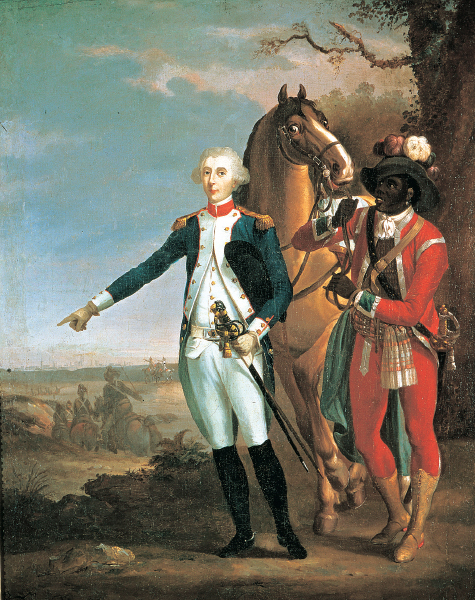Why did the British southern strategy ultimately fail?
Printed Page 195

WHEN FRANCE JOINED the war, some British officials favored abandoning the war. As one troop commander shrewdly observed, “We are far from an anticipated peace, because the bitterness of the rebels is too widespread, and in regions where we are masters the rebellious spirit is still in them. The land is too large, and there are too many people. The more land we win, the weaker our army gets in the field.” The commander of the British navy agreed, as did Lord North, the prime minister. But the king was determined to crush the rebellion, and he encouraged a new strategy for victory focusing on the southern colonies, thought to be more persuadably loyalist. It was a brilliant but desperate plan, and ultimately unsuccessful.
CHRONOLOGY
1778
- – British take Savannah, Georgia.
1780
- – Siege of Charleston, South Carolina.
- – French army arrives in Newport, Rhode Island.
- – British win battle of Camden.
- – Benedict Arnold is exposed as a traitor.
- – Americans win battle of King’s Mountain.
1781
- – British forces invade Virginia.
- – French blockade Chesapeake Bay.
- – Cornwallis surrenders at Yorktown.
1783
- – Treaty of Paris ends war.